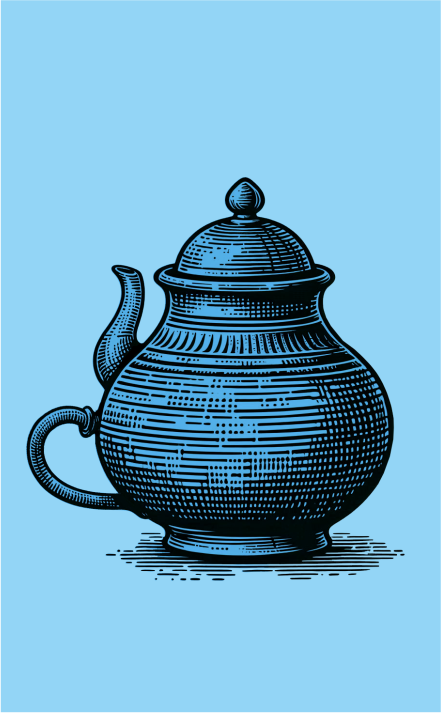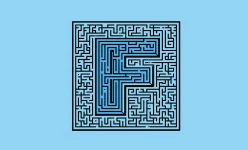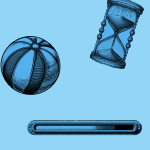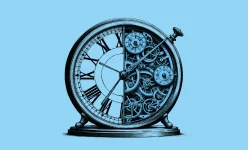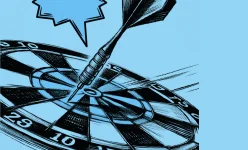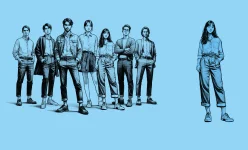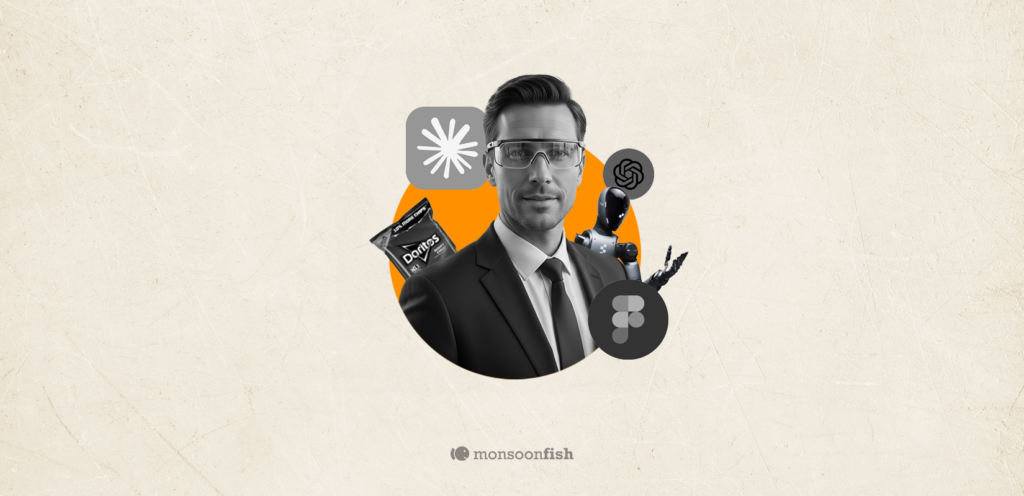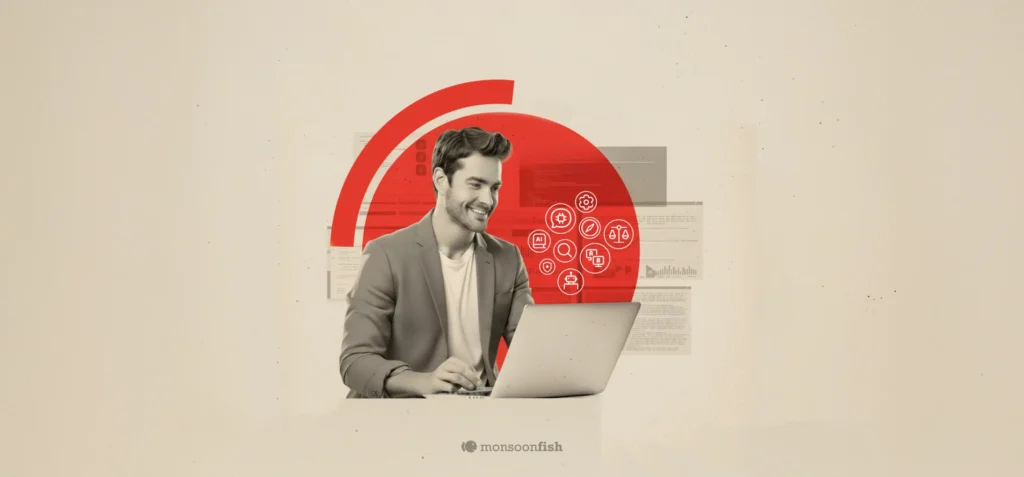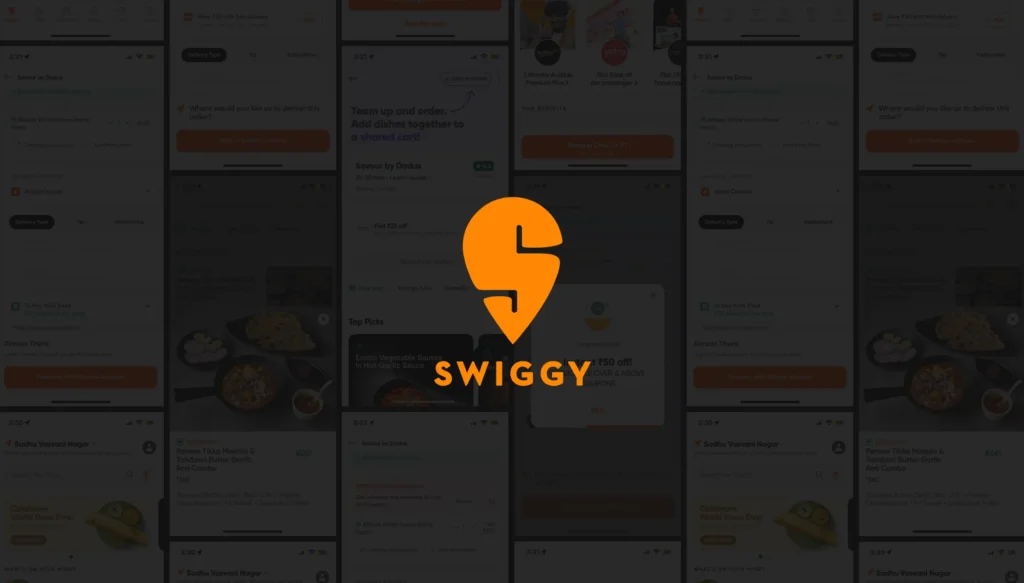Aesthetic Usability Effect
Visually appealing designs are perceived as easier to use and more effective, even if they’re not necessarily more usable.

Aesthetic Usability Effect
Lena had just launched her own online store, LuxeSpace, featuring custom-designed home decor. The products were beautiful—luxurious, unique pieces—but after the launch, she noticed that while visitors were browsing, very few were making purchases. It wasn’t a problem with the website’s functionality; everything worked smoothly. Customers could navigate, add items to their cart, and check out without any issues. Yet, something was off.
Curious about what was going wrong, Lena took a step back and compared her site to a few competitors in the same space. One of them, EliteHome, had a similar range of products but a significantly more polished, visually appealing design. Their color scheme was warm and inviting, with elegant fonts and high-quality images of the products displayed in stylish settings. Everything looked cohesive, modern, and luxurious.
When Lena compared her site, she noticed a major difference. Her website, although functional, looked basic and somewhat sterile. The colour palette was simple, the fonts were generic, and the product images, though clear, lacked the warmth and lifestyle feel that connected with her brand. It was practical, but it didn’t evoke the premium experience she wanted her customers to have.
Determined to make a change, Lena decided to overhaul the design. She updated the color scheme to include rich golds and elegant blues, swapped out the fonts for something more sophisticated, and used lifestyle photography to showcase her products in real home settings.
After the redesign, the results were immediate. Visitors started to engage with the site longer, exploring more products and, most importantly, making purchases. The site, now visually aligned with the luxury and uniqueness of the products, felt easier to navigate and more trustworthy. Customers no longer felt like they were just buying decor; they felt like they were investing in something special.
Lena realized that the visual appeal of the website had made a huge difference. While the functionality remained the same, the aesthetic changes made the site feel more user-friendly and aligned with her brand’s promise. Users now trusted the site more, and their perception of usability was entirely shaped by the aesthetics of the experience.
Aesthetic Usability Effect shows that users often perceive aesthetically pleasing designs as more user-friendly, even when the functionality remains unchanged. By comparing two similar websites, Lena saw how a visually appealing design can influence how users feel about a site, leading them to believe it’s easier to navigate and more trustworthy. This perception can significantly boost engagement and conversions, highlighting the powerful link between aesthetics and usability.
Contents
CATEGORIES
